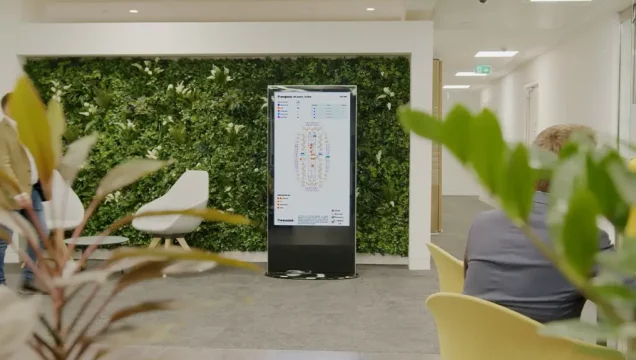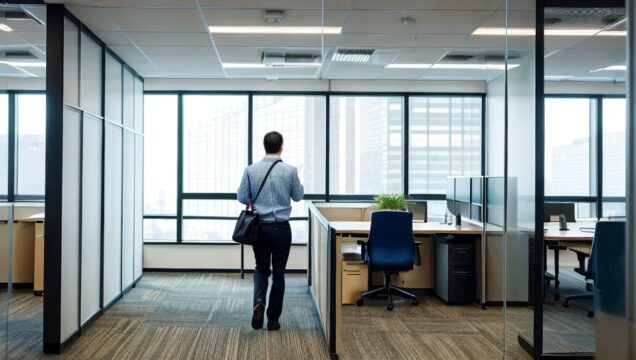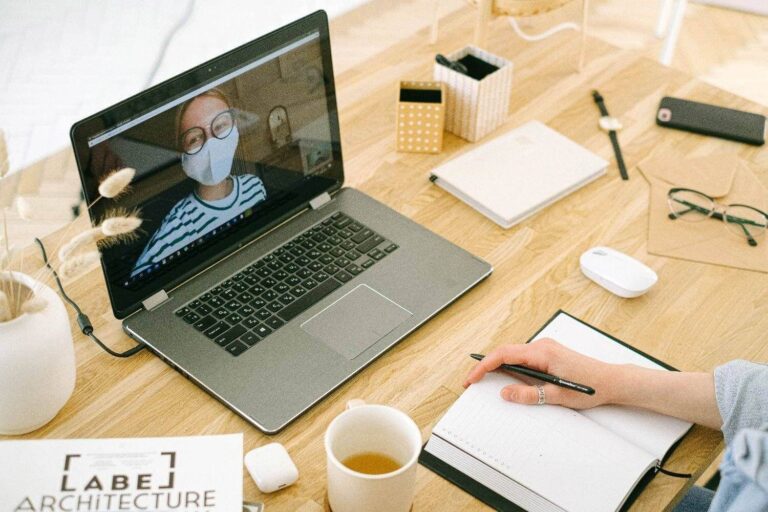

The last few months have accelerated many existing workplace trends. Flexible working and working from home are now commonplace for the majority of companies – but as governments continue to ease lockdown measures, how can you start to reassure workers that it’s safe to return to the office?
The right technology can build trust and reduce anxiety as staff return to work
It’s no easy task. Nearly a quarter of professionals want to keep working from home until they feel safer. What’s more, one-in-four also feel obligated to return to the office – but only want to be there a few days a week. A recent report in This is Money also states: “Our prediction is that around a quarter of us will work at home on any given day in future…at some point employers will want to scale down the number of empty work-stations, so hot-desking will return.”
For employers, this represents a logistical nightmare and further research reveals fifty of the UK’s biggest employers have no plans to return all staff to the office full-time in the near future.
This is a massive oversight on their part, where the return to the office is a growing necessity for the UK economy with our nation’s cities liable to turn into ‘ghost towns’ if staff do not return to work.
What’s more, recent research reveals that attitudes are changing – with the majority of workers now expecting to return to work in the near future. However, workers at large companies (more than 250 staff) are more pessimistic about the prospect of returning to the office, compared to those working in small-to-medium businesses. What’s more, employers are viewed as the biggest roadblock to employees returning to the office.
Things must change, putting companies under increasing pressure. Employers must juggle many different considerations to get workers back into the office, including managing the expectations of workers, complying with new workplace guidelines, and optimizing their office space to ensure a healthy bottom line.
To strike the right balance between these demands, you need a robust and phased return to work plan. This will provide your staff with the visibility and reassurance they need to return to the office – with both human and technical solutions sitting at the heart of such strategies.
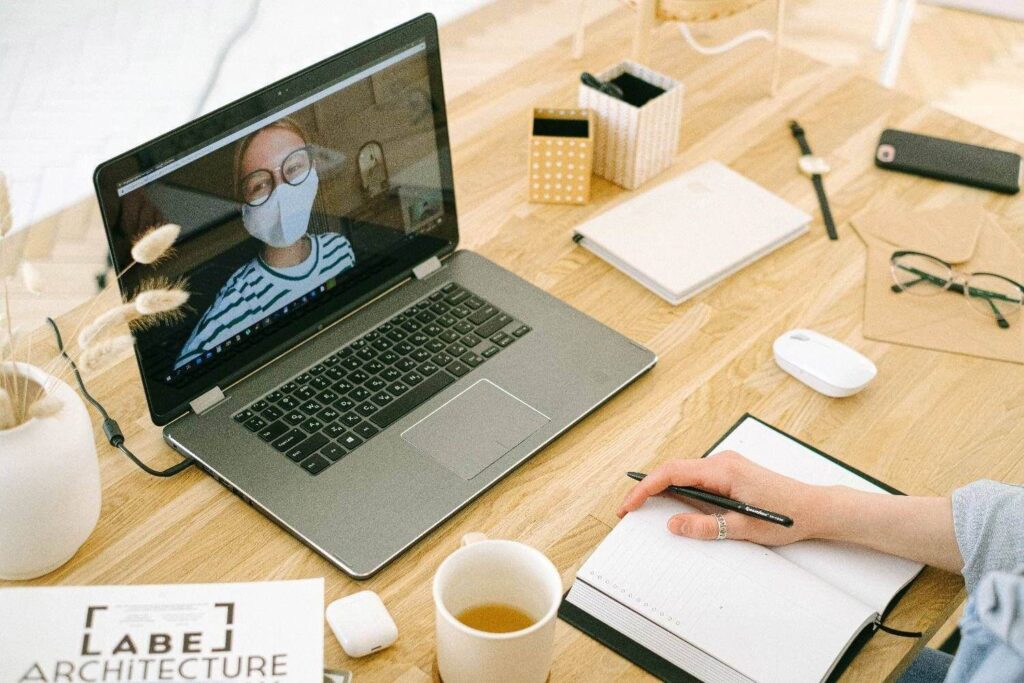
Before employees return to the office:
1. Check the current guidelines
As a first step, you must review the current government return to work guidelines and advice. The most up-to-date advice for employers who want to reopen their businesses can be found here. These measures should form the foundation to your strategy – but there are many other tools you can use to streamline your approach.
2. Create an occupancy plan
An occupancy plan is a great way to optimize your office occupancy rates, while providing staff with the visibility they need to gain reassurance in your office environment.
Freespace’s Social Distancing Design Service, for example, can help you to create the optimal social distancing layout based on your current office design. It helps you optimize your existing office furniture layout, to establish a safety buffer and human diameter measurement so that you can calculate different outcomes depending on where your furniture is placed.
You can send this plan to your staff, showing them where they can sit and how they can maintain a social distance, helping you to build trust with your workforce and allowing them to understand what the return to work will look like.
You can read more about this here, or even try out our Social Distancing Design tool.
3. Keep things flexible and safe
If your staff do not want to return to the office full-time, you must put measures in place to optimize your flexible working practices and maintain a consistent office occupancy rate.
One way that you can implement this is through the use of our Safe Return app. Here, employees can see what spaces are available in the office before they decide whether they wish to make the journey to work or not. You can learn more about this here.
For many flexible workers, particularly those using hot desks, cleanliness is a primary concern. Digital signage can help employees feel safe upon their return to work, as they will be able to clearly see what spaces are available, and (should you also implement occupancy based cleaning) how recently they have been cleaned.
This is something Freespace will also be able to support you and your business with as your office re-opens; you can learn more about this here.
4. Train senior staff on how to provide practical support
Much of your employees’ confidence during their phased return to work will not only fall on getting the right technical solutions in place – but also on how well they feel supported by senior members of staff in your business.
Training senior staff members on new hygiene measures as well as how to respond effectively to any signs of emotional distress or anxiety from employees will ensure that any concerns are dealt with quickly before they escalate.
5. Host a conference call with employees to outline your proposed measures
Clear and transparent communication is key to a successful and stress-free phased return to work.
One of the ways you can achieve this is to host a company-wide conference call to outline all the measures you have taken to ensure a safe return to work.
This will allow you emphasize to your employees that their safety is your top priority, while giving them the opportunity to ask any questions or voice any concerns.
Also be sure to host this conference call as early as possible prior to re-opening so that you can implement any further measures that are highlighted during the call before employees return to work.
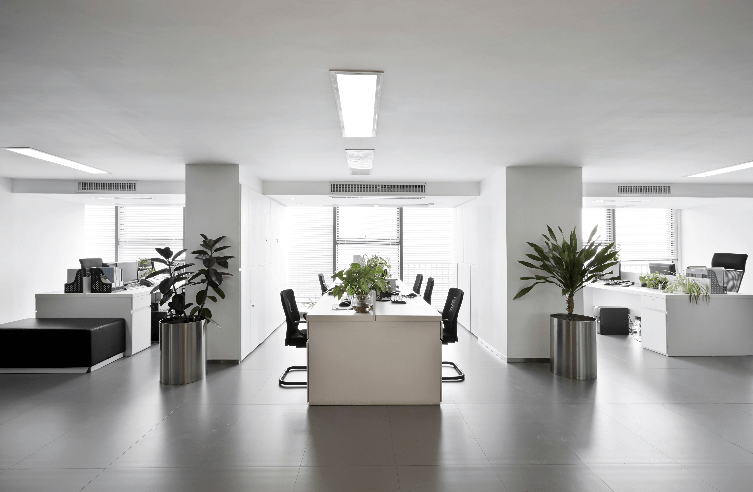
When your employees have returned to the office:
1. Implement a regular and thorough cleaning schedule
Due to the highly infectious nature of COVID-19, a regular and thorough cleaning schedule and plan is essential for the safe return of your employees (guidance can be found on the HSE website here).
An occupancy based cleaning service, such as the one provided by Freespace, can help significantly with this. This application uses real-time data from our desk sensors to notify cleaning staff when a space is vacated and ready to be cleaned, as well as allowing them to notify employees when that space has been cleaned and is safe to use.
Sensors can also play an important part in optimizing the use of your workspace, allowing you to maximize occupancy rates at a time when you must reduce your desk capacity and introduce social distancing measures. Going forward, sensor technology can support flexible working models, where demand and capacity planning is required.
For example, you can integrate these sensors with your desk booking system, not only alerting your office team to clean the desk but also making it available as soon as possible to maximize your occupancy rates, in the safest way possible. You can learn more here.
2. Communicate regularly and transparently with your employees
Communicating with your employees does not stop after the conference call recommended above.
Legislation around COVID-19 safety changes on a regular basis – sometimes even daily – so as your employees begin to settle into their new way of working, it is important that you keep them up to date with any changes in order for them to be and feel safe.
This is where interactive digital signage can help. You can use this solution to display live workplace information and engage with staff, providing a two-way communication channel. Learn more here.
3. Explore different means of safe employee interaction
Your employees will want to spend time with their colleagues and work friends on their return to work – it’s one of the things most people have missed when working from home. “Great people” and “team spirit” are also regularly cited as the top two things that make for a great office environment.
However, with anxieties around COVID-19, your employees may be worried about how they can interact with their colleagues safely. Be sure to consider different ideas for social interactions between staff members to boost team morale, whilst prioritizing their safety.
For example, a physically-distanced picnic in the park, or designated safe zones and transparent screens in the office canteen can be great ways to encourage social interaction between colleagues safely. You could also introduce additional digital signage to provide staff with room and resource availability notifications, helping your staff meet up safely. Learn more here.
Keeping your employees safe and reassured is essential in these uncertain times.
Clear communication and data-driven decisions should drive any return to work strategy you put in place, with a clear emphasis on employee safety to provide your staff with the reassurance they need.
In this blog, we have outlined a number of different services that Freespace can provide in order to help your business achieve an optimal phased return to work plan post-COVID-19.
If you’d like to find out more, our team are available to offer you further advice for your return to the work strategy, so please do not hesitate to contact us!

